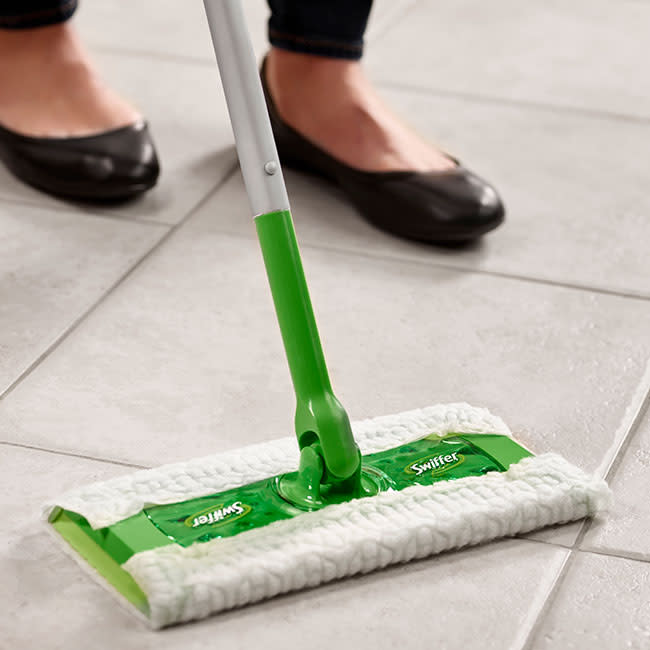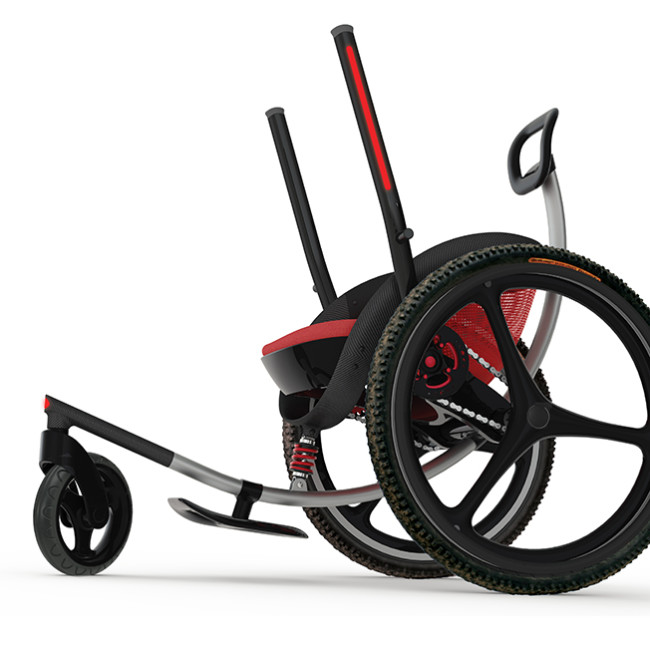Procter & Gamble: Pampers Stages of Development
By the late 90s, Pampers’ biggest competitor had closed the gap with consumers, leaving P&G in search of an innovative way to reclaim their top spot in the diaper category.
By the late 90s, Pampers’ biggest competitor had closed the gap with consumers, leaving P&G in search of an innovative way to reclaim their top spot in the diaper category.

01
Challenge
In the 1950s, a researcher from Procter & Gamble observed that his new grandson’s cloth diapers fit poorly, leaked often, and required constant laundering. This observation led to an innovation that transformed the future of P&G, and the market for baby products worldwide.
For the three decades following the introduction of Pampers to American consumers, Procter & Gamble dominated store shelves as the bestselling brand of disposable diapers. By the late 90s, however, Pampers’ market share dropped. Their biggest competitor, Huggies, had closed the gap with consumers, leaving P&G in search of an innovative way to reclaim their top spot in the diaper category.
03
Solution
Our team presented Procter & Gamble with a 10-year lighthouse strategy for the Pampers Baby Stages of Development, which included a roadmap for making this vision real. We also worked with P&G to design the initial line of products: Swaddlers helped infants to sleep through the night; Cruisers gave babies greater mobility to crawl and walk; and Easy-Ups supported toddlers-in-training.
More than a simple change in segmentation, this shift toward a focus on early childhood development enabled Pampers to deepen their relationship with consumers, connecting on an emotional level rather than a merely functional one.





